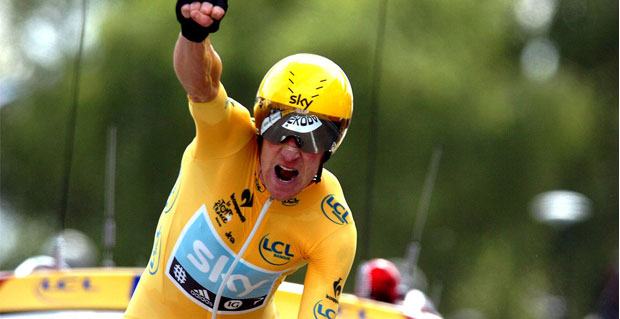It’s been a memorable year for cycling in the UK. Bradley Wiggins got things rolling with his phenomenal victory in the Tour de France in July, with fellow Brit Chris Froome coming second.
Tour veteran Mark Cavendish also shone by gaining his 23rd state win, moving into fourth in the overall stage-win standings.
Then, of course, we hosted the Olympics. Team GB have long been a dominant force in cycling, and this time, perhaps thanks to the home advantage, we well and truly owned it with seven gold medals (Australia were second with just one). Wiggins himself won two more golds, as did the legendary Hoy who took his tally to six, securing his place in the annals of Olympic history as one of the true greats.
So we’re all on a high now, and no doubt there will have been a surge in sales in bike stores around the country since the Olympics. This is great news as cycling gets people out of the house and improves fitness levels – but this fun activity does have a serious side. Unlike the athletes who perform in the confines of a velodrome, the average Joe will be riding amongst cars, buses and lorries. Should the worst happen, the only protection a cyclist has is his helmet, so it’s essential to be as visible as possible to drivers.
Thankfully, the latest LED technology is on hand to make cycling safer. Due to LED light bulbs’ superior brightness compared to traditional lighting such as incandescent light bulbs, they enhance visibility dramatically. LED light bulbs have already been used in street lights for this purpose, and now helmet manufacturers are including them in their products too. A particularly striking example of this is the LumaHelm. Looking like something from a Star Trek movie, this futuristic headgear features strips of LED light bulbs in different colours. Not only will wearers stand out when cycling on the road, they will also look cool – which is not an adjective that is typically associated with cycle helmets!
But the LumaHelm isn’t just about the LED lights looking pretty and standing out. The interactive helmet also contains an accelerometer which enables it to detect tilting motions. This means that the cyclist is able to signal the direction he intends to turn simply by moving his head left or right. If he intends to slow down, he can just lean his head back.
Another innovative LED gadget that has emerged recently are magnetic LED bike lights. Unlike other magnetic lights on the market, these LED ones are energy-efficient, have enhanced brightness and, best of all, automatically turn on and off when you attach them to your bike’s frame. If you ride your bike frequently, this automated feature is likely to appeal.
It’s clear to see that LED lighting is an innovative technology in the cycling world and is influencing the industry both in safety and aesthetic aspects. So what will be the next big innovation? Will Bradley Wiggins win next year’s Tour de France wearing an LED-covered yellow jersey? Or would that just be showing off?
Date: August 29, 2012
Tags: led LED Lighting sport
The latest LED technology is on hand to make cycling safer due to LED light bulbs’ superior brightness.




